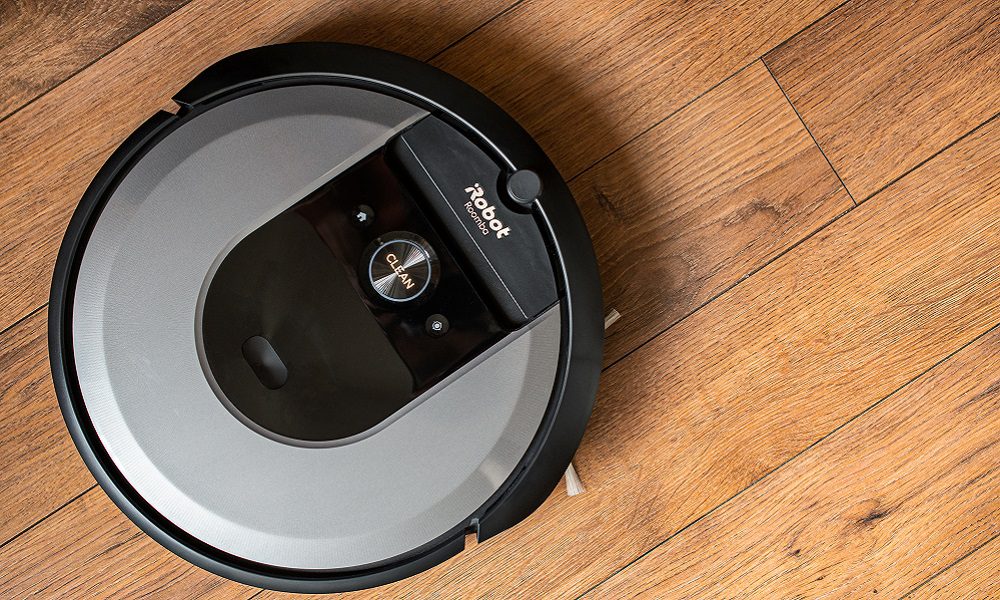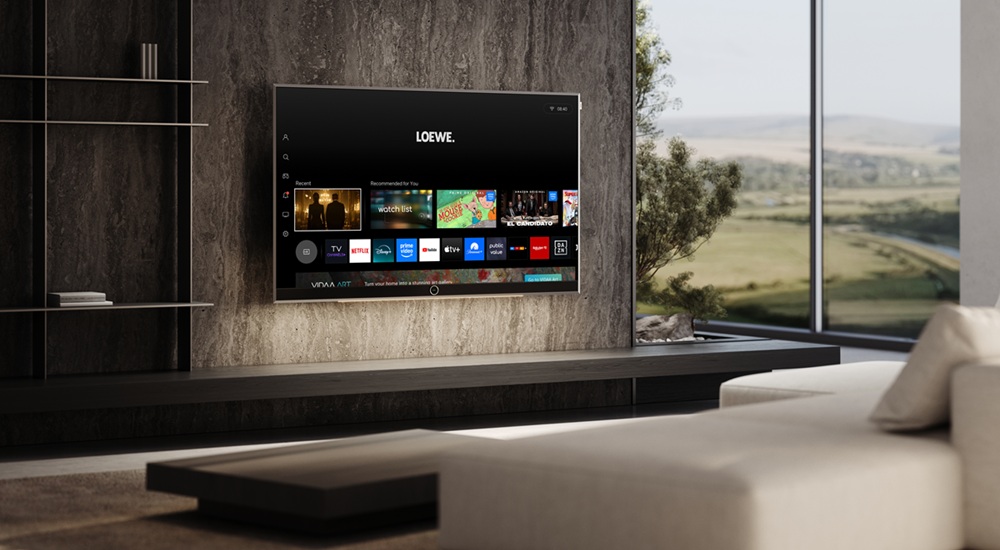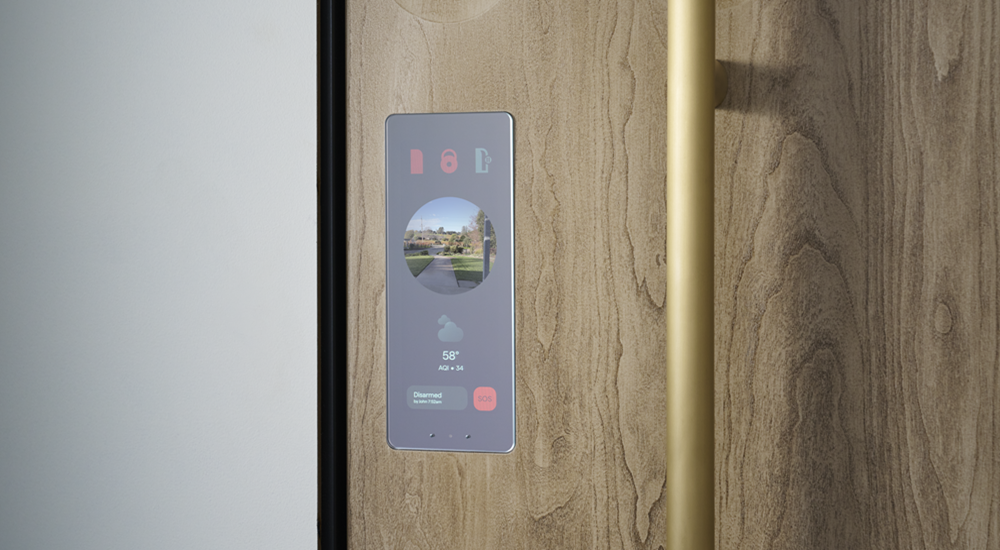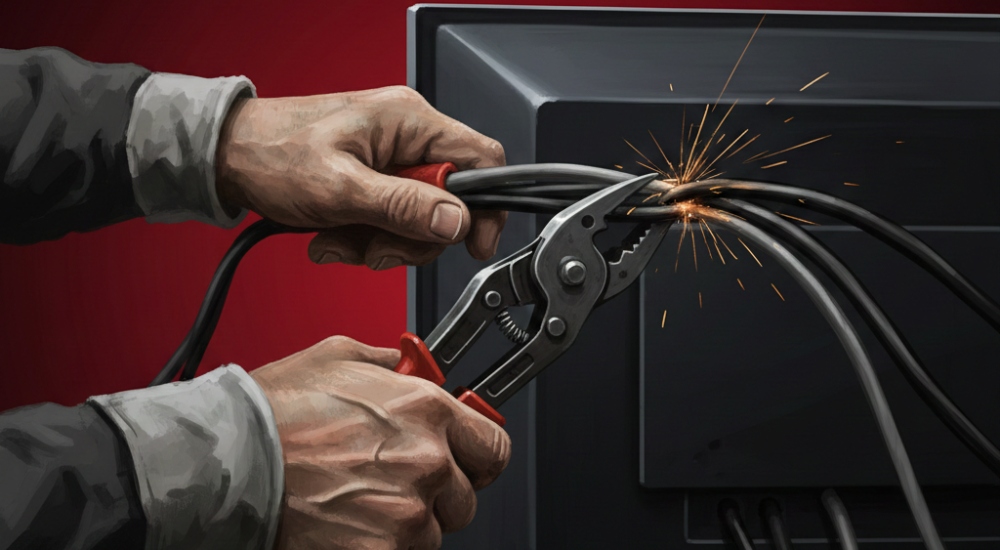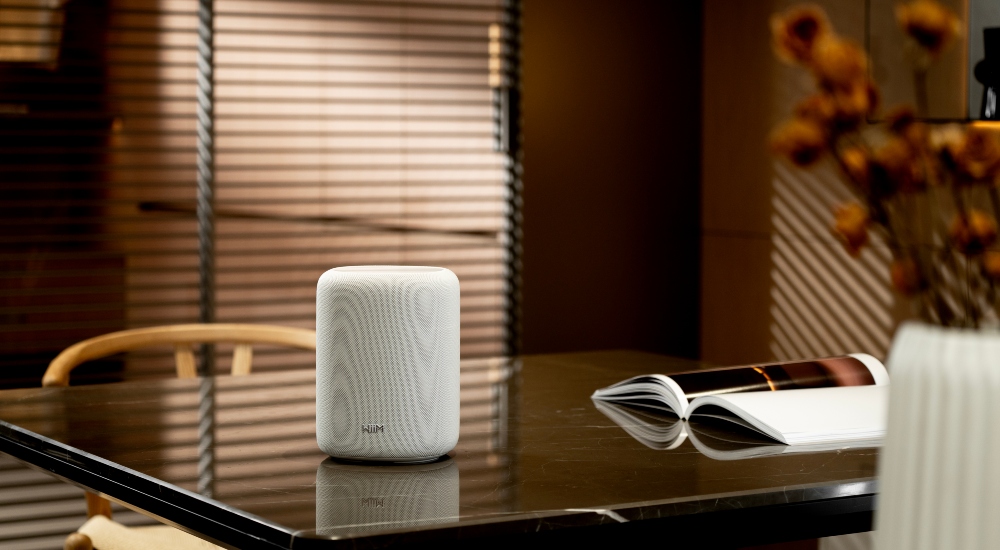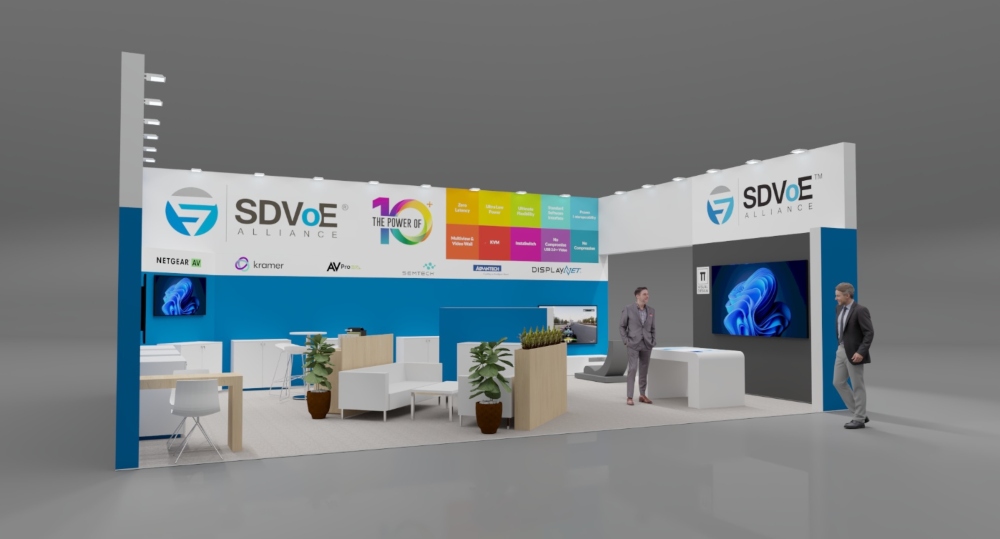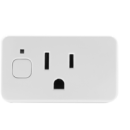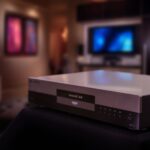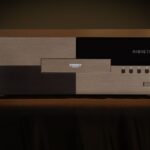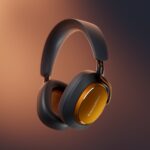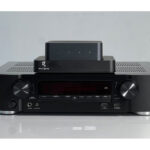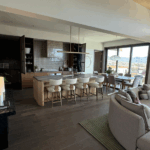The Latest
Filter by Topic
Filter by Type
iRobot Bankruptcy Sees Ownership of Robotics Pioneer Handed Over to Supplier
Upon release of the Roomba iRobot was one of the most future-forward companies out there. It's bankruptcy is…
News December 15Loewe Expands Into U.S. Market, Appoints Jeff Costello as North America GM
Luxury German AV brand Loewe targets North American growth with January 2026 market launch and veteran channel leadership.
News December 15Scott Geltz of Audio Video Outfitters with Reflections on CI in 2025
A look at the trends and technologies that defined 2025, through the lens of Audio Video Outfitters' Scott…
News December 15August Founders Launch Doma’s Intelligent, Hardwired Doors and Windows
Experts behind August Home introduces a hardwired sensing and automation platform built directly into doors and windows.
News December 15The Week in Playback: Chord Cutters and Stocking Stuffers
CE Pro takes a look through all the news static throughout the week to find the stories and…
News December 14AT&T Introduces Smart Home Offering Connected Life
AT&T Connected Life combines Google Home devices, Abode monitoring, and AT&T connectivity into a single smart home security…
News December 12WyreStorm Appoints Paul Lee as VP of Americas
WyreStorm’s appointment of Paul Lee to lead its Americas division signals a deeper push to align the company’s…
News December 12WiiM Just Expanded Its Wireless Speaker Lineup with the Leaner Sound Lite
WiiM expands its connected-audio lineup with a compact, Hi-Res smart speaker aimed at flexible installs and broad ecosystem…
News December 11SDVoE Alliance, IDK, Aurora Multimedia to Demo Power of 10 at ISE 2026
The SDVoE Alliance will showcase live demonstrations at Integrated Systems Europe (ISE) 2026, highlighting the capabilities of 10G…
Briefs December 11